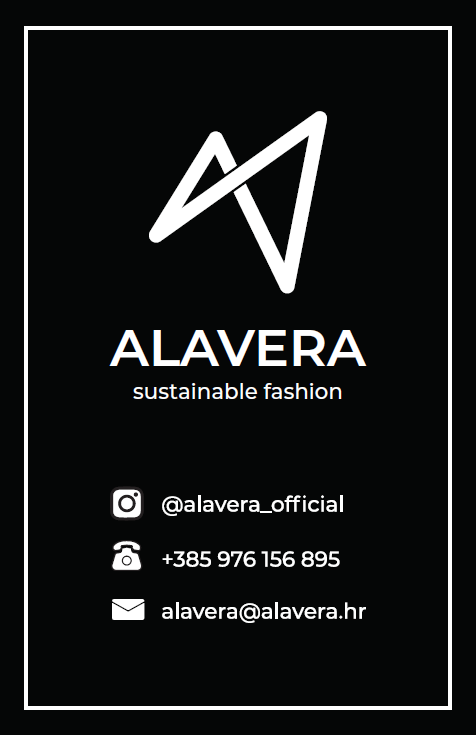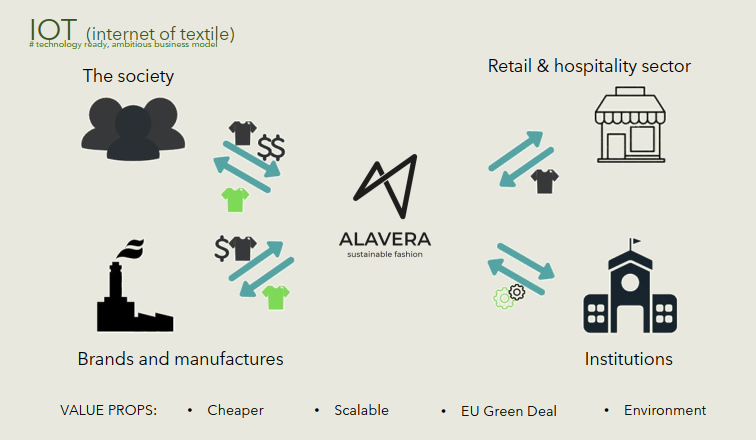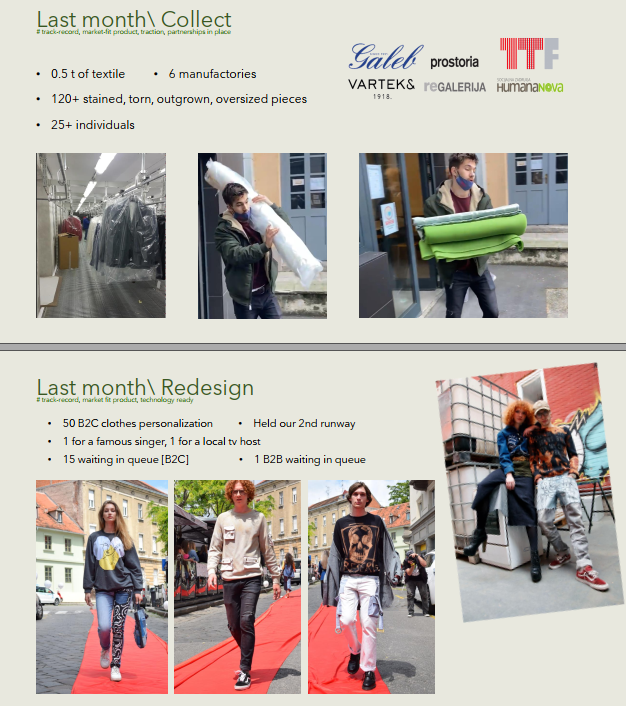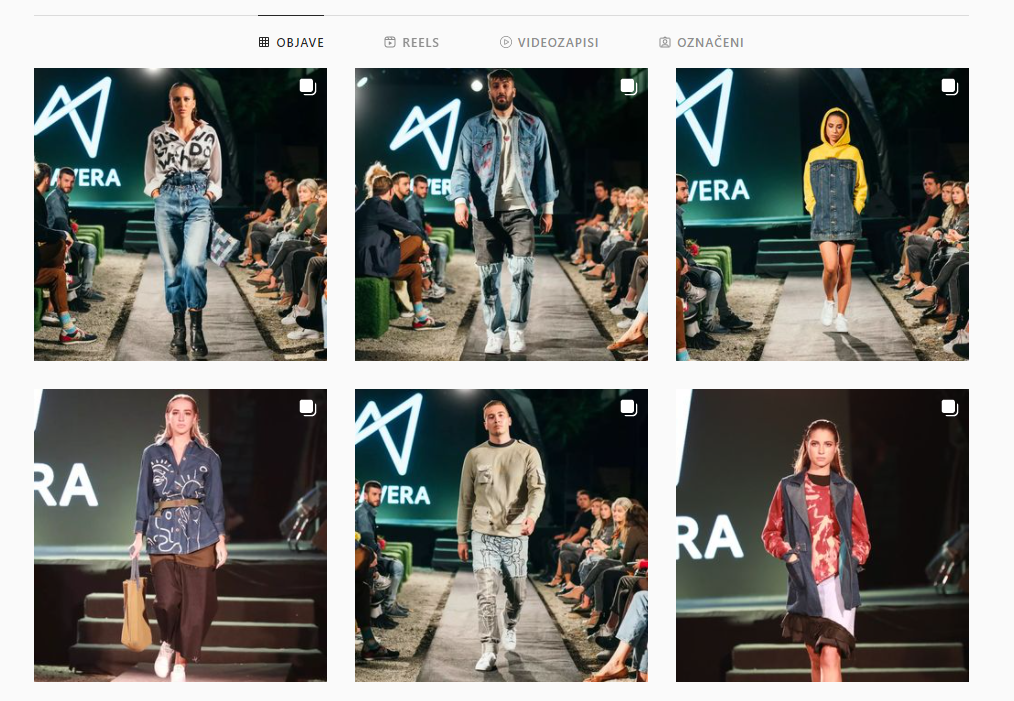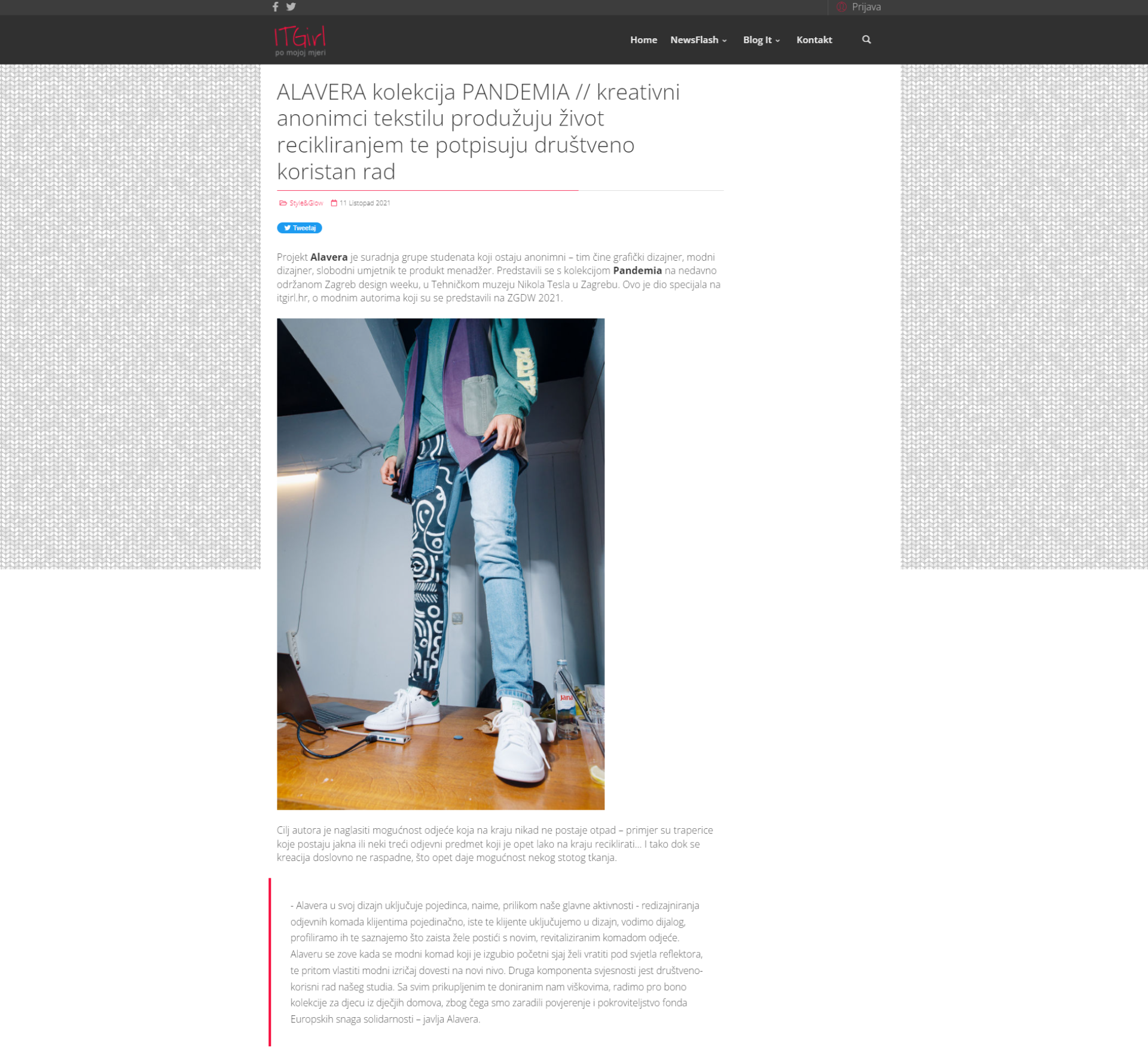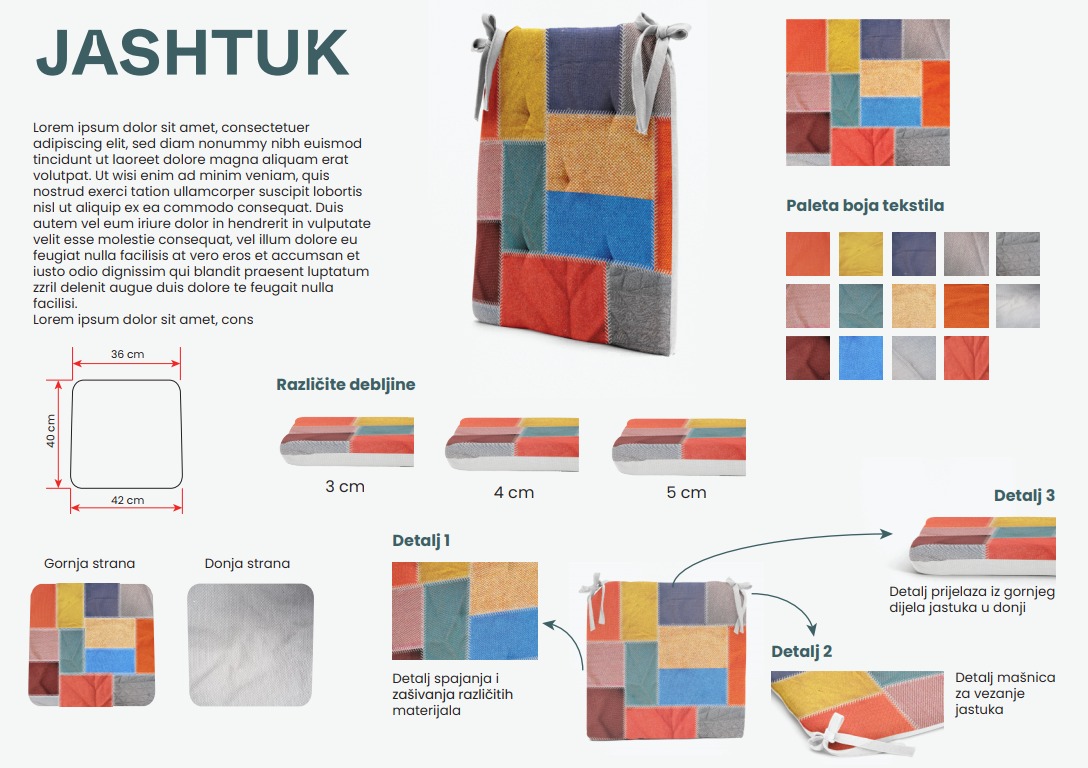ALAVERA Textile Upcycling Studio
Basic information
Project Title
Full project title
Category
Project Description
A Croatian NGO that's gathering textile excess material across the state, both from manufacturies and individuals, to reimplement it back into the fashion stream, boosting the country's circularity and textile sustainability. The student team upcycles the collected textile, converting it into either ltd.ed. garment or industry products that disseminate the value of slow fashion, while also gaining practical know-how. Also providing socially vulnerable groups with their clothing needs.
Geographical Scope
Project Region
Urban or rural issues
Physical or other transformations
EU Programme or fund
Which funds
Description of the project
Summary
Alavera is a group of students that is going around the state gathering textile waste and excess material from institutions, manufactories and individuals in ways such as organizing work actions of collecting textile scrapes during textile processing as well as organizing events of clothes donations and around the neighbourhood service of segmentation of old, unused, outgrown and stained clothes to individuals before them deciding to throw it into dumpsters. We've been active for the entire past 2021., resulting in the total sum of 500kg of clothes collected and 31% of it reimplemented back into the fashion stream in ways such as our own limited edition fashion collections (2), clothes redesigs for individuals (51), industry products (6) such as home decorations and unique cup holders, bags, wallets etc., all while in parallel providing the socially vulnerable groups i.e. children in children's homes with their fashion needs and wishes. With it, Alavera is to be considered a green and circular machine for reducing the country's textile footprint, a solidarity bedrock providing all with equal fashion opportunities, and a platform promoting student work, ideas, and potential as well as being a springboard for later launching their careers by providing them with more practical and closer to industry skills and know-how. Throughout the year, our programme was attended by 21 students, reached out to 2000 people via social media, was featured in numerous magazines and news portals, has won 9 grants, sponsorships and awards all together, and collaborated with 4 major brands/manufactories in our home country.
Key objectives for sustainability
The key objective of our project was to establish both a people-friendly and an industry-backed platform for gathering textile excess and waste material across the sector and finding new ways on how to reimplement it, to which any entity (physical or legal) can turn to either to donate their textile surplus (outgrown, stained, torn or cutting-room waste material) for it to be put back into the fashion stream someplace else or, regarding individuals, just reach out to in order to freshen their current product instead of buying a new one, with it all - emerging on the country’s map as a central slow fashion and upcycling provider; what was previously the missing link to forming the sustainable triangle of textile reutilization between consumerism and the zero-waste model.
The above mentioned platform was established both physically, in the city of Zagreb, with there located warehouse and production facility, and digitally on social media where most of the dissemination towards the public occurred. The project gathered together a multidisciplinary team of 16 students, who all enrolled voluntarily, in search for experience and industry insight.
Connection towards the industry was achieved through presenting the platform to manufactories and private tailors as a service helping them reduce their environmental footprint by donating their leftovers and installing the social responsibility attribute to their business model by providing infrastructure for targeted covering of societal clothing needs.
Project can be exemplary for having made and sold out 2 upcycled collections, appeared on 3 runways, 9 news portals, upcycled 51 individual pieces of garment, was donation-supported by Prostoria, Varteks, HumanaNova, been invited to collaborate with Adidas and RedBull on sustainable campaigns, executed a coffee bar interior makeover, upcycled 120kg+ of textile, resulting in getting invited to join 2 international Erasmus+ and Interreg CE sustainability projects.
Key objectives for aesthetics and quality
The key goal of our project was to promote and communicate to the public the power and the potential that used fabrics hold. To let everyone know that the same aesthetics and even greater quality and satisfaction with the textile/fashion product can be provided with using 2nd hand and cloth already in circulation. To spread the idea that anyone from the audience can be a designer himself and, with our platform, to introduce the process of individuals taking part in achieving the exact design needed, personalized and limited, rather than to mass produce designs that need further finishing and details to fit properly, hence, to bluff.
Having won a couple of grants for the prototype, and for the sustainable and circular design to start taking place, investments were made in equipping the project with space and equipment needed for the gathered textile segmenting, processing and the design implementation stage, as also creating digital content for the idea to be disseminated towards the public. The academic community was contacted to find students interested in gaining practical know-how behind the platform’s processes and acquire industry contacts/mentors for further career development while volunteering for the project, so that quality of experience can be provided also to doers. The idea was to have both Gen-Z students with ideas and the creative expression and people from the sector collaborating on projects so that products can be results of mutual knowledge sharing, both modern and well executed.
Project can be exemplary in having done 51 unique and personalized textile redesigns with overall of 120+kg of donated material, being a springboard for students ensuring them nonformal industry experience and by providing the public with a platform they can turn to to upcycle and achieve limited edition garment/textile products on demand and considering their wishes and preferences, while also respecting the environment and being a part of the zero-waste community.
Key objectives for inclusion
Regarding inclusion in the platform’s workflow, the target audience are students that are meant to be provided with the equipment, mentoring and space to express their creative potential to the fullest, and in parallel gain industry insight on how it’s done. To prepare and educate the future designers in fields of dealing with and taking care of textile waste.
Regarding access to the platform’s products and the upcycling process from the consumer’s point of view, every entity is welcome to join the dialogue. Whether a B2B collaboration such as a firm upcycling last year’s campaign material, whether a personal B2C demand to refresh an outfit, we are online. Everybody’s welcome to enter the collaborating and complementary bilateral design session until we come to a sustainable and desired product.
Regarding our platform’s impact to achieve social inclusion, it was in making a 14-piece upcycled collection for the socially vulnerable group of 14 children in a local children’s home, a thing that we want to continue doing, every next time on a larger scale.
Side jobs carried out in the prototyping phase that were characterized as citizen engagement and public participation were: hosting public events of clothes donation and circulation, conducting polls inspecting public opinion and demands regarding future fashion trends, both live on our runways and social media, holding conferences on faculties on slow fashion, making future consumers more aware of the process of remaking their own clothes and products’ background transparency.
Affordability is of great importance to us, as we are the platform for the public, with currently set high level priority being disseminating the idea. We primarily count on being donated with the material and sponsored by organizations, so our prices can be tagged affordable.
Project can be exemplary as a platform that collects from those in galore, and provides to the ones in need with what was anyhow planned not to be discarded.
Physical or other transformations
Innovative character
The first dimension, being a circular reimplementory environment-preserving service for filtering other party’s textile waste material from the supply chain, and recuperating it comes absolutely coherent and logical with being at the same time an entity that uses the collected goods for good purposes and noble actions such as implementing them into the aesthetic and the social context of today. The second dimension of with it providing the educational sector, faculty students to manifest their imagination and sharpen their skills for to be prepared for the fashion of tomorrow is exactly what’s lacking from the education system of today – providing problem based learning and on-site experience. By being an aesthetic agent for young people’s work to come to light, converting forgotten fabrics into new industry products, we educate the masses about the potential of recycling and reusing. Last but not least, taking into account the amount of textile being discarded yearly on a national basis, it is inexcusable not to dose a quarter to the ones in need, be it any socially vulnerable group.
The project can be exemplary to all the brands, manufactories and stakeholders around the world in demonstrating that where there’s will, there’s a way. And that the way of the future is this way.

